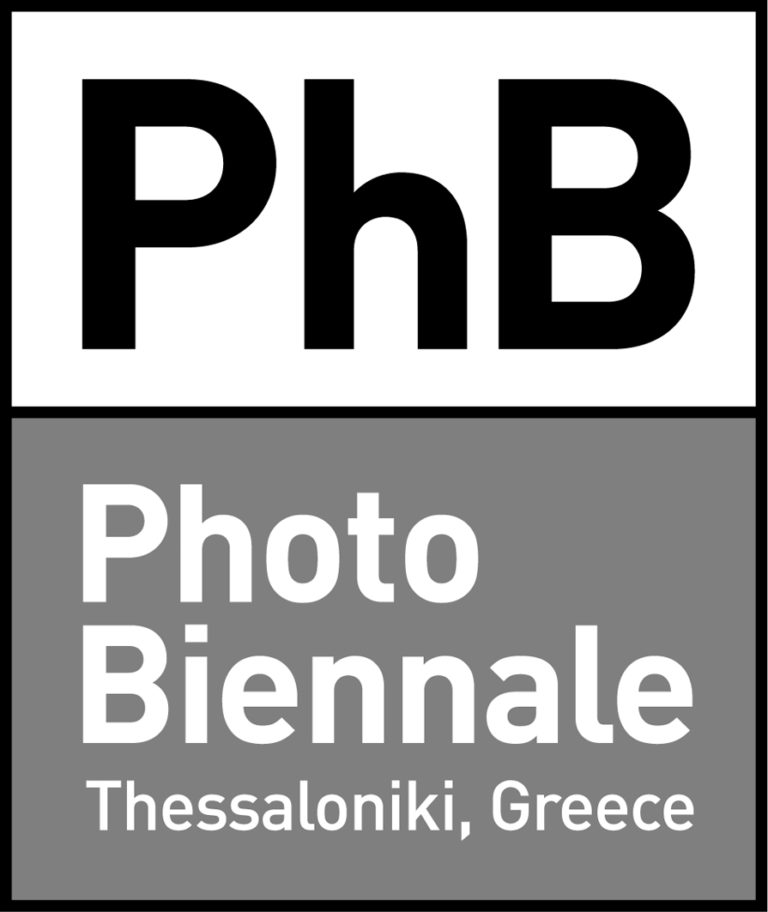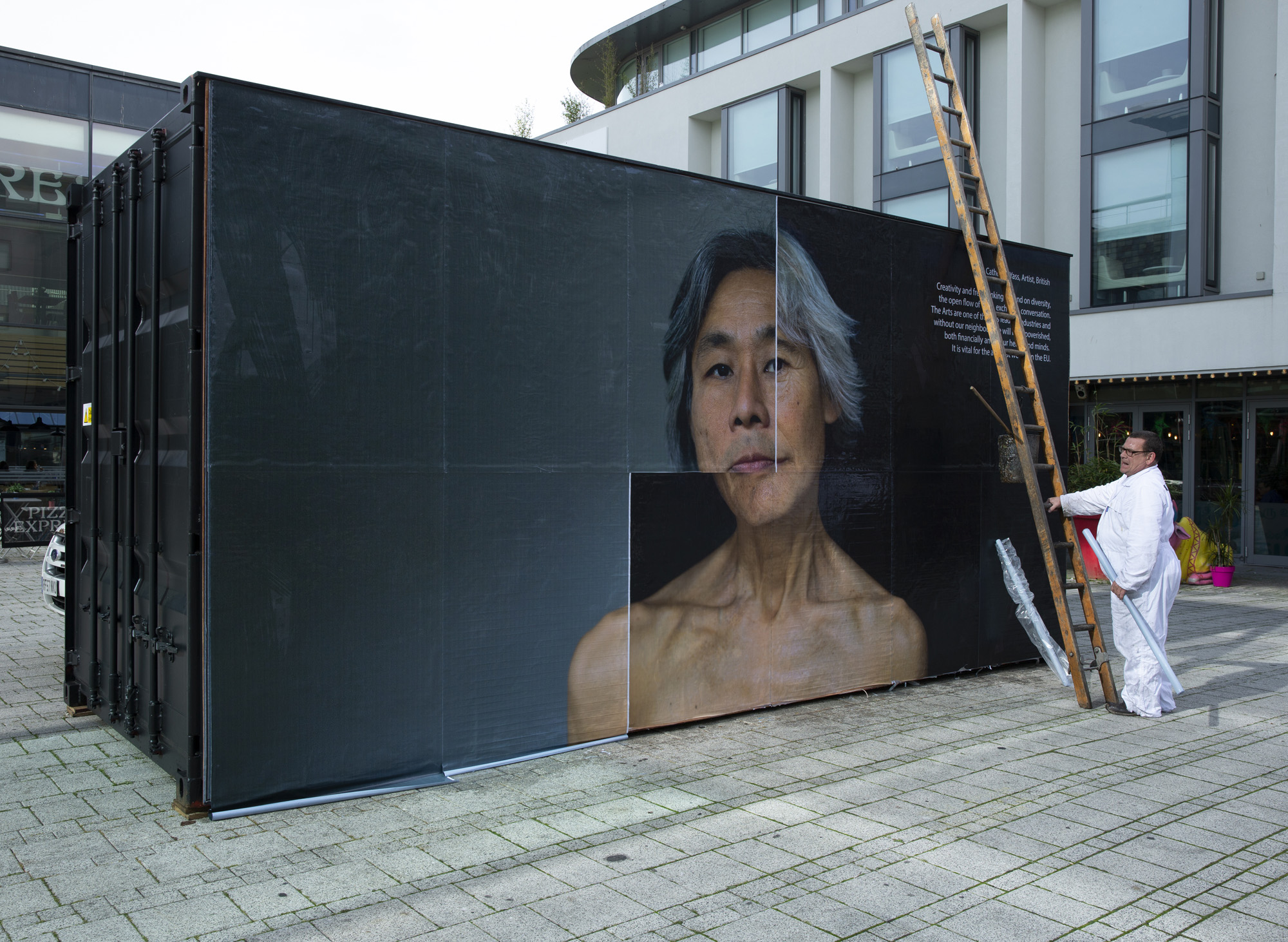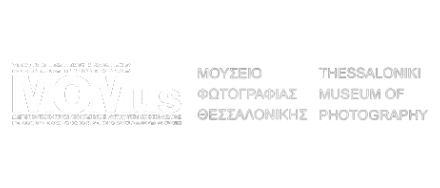Set against the background of a renewed focus on the complexities related to understandings of identity and difference,
inextricably linked with conceptions of nationhood, its entitlements and the blurring of global and local scales, Uncertain
Subjects was a direct response to the populist agendas that came to the surface in the process of Britain’s complex and conflicted withdrawal from the European Union. In this process, previously unacceptable political practices such as the exploitation of xenophobia, the promotion of nationalistic sentiment, the exceeding of legal spending limits by the Leave. EU campaign, and the illegal suspension of Parliament seemingly became normalized. Brexit brought to light the cracks and weaknesses of our democratic society in the face of populism.
Uncertain Subjects was a multi-faceted body of works that situated itself between artwork, historic document and activism.
It consisted of five distinct stages: a mail-art project (2017), three public consecutive billboard performances (2018-2019), and
a series of billboards (2019-2022). The billboard performances are exhibited at the main exhibition of the Thessaloniki PhotoBiennale. They comprised three consecutive durational photographic interventions, or action photographs staged in the public realm. They consisted of a series of photographic portraits of individuals, both British nationals who, following the result of the 2016 vote, no longer felt that their voices were being heard in dominant political discourse; and European nationals, resident in the UK, who overnight were faced with the threat of losing their homes, families and jobs. To pinpoint the all-pervasive precariousness of the situation, each subject was photographed with bare shoulders in their home environment. Each resulting billboard portrait included a statement of the person’s response to the impact of Brexit, touching on issues surrounding identity, nationhood, and democracy.
In a world defined through the ubiquitous encounter of networked images, often linked to fractious struggles over identity, these theatrical live events re-configured the encounter with the photograph and portrait as a material and time-based
experience. In London, Brighton and Newcastle, a series of billboard sites were covered and recovered with new portraits in a
continuous live performance. The work employs the traditional twelve-sheet paper poster, where each section of the image is
skilfully tiled together. As one portrait is overlaid with the next, one face merges into the subsequent one, and each statement
is covered-up by the following, the result is a thick layer of silenced voices. In the process, the work bears testimony to a
country that was, and is still, undergoing fundamental ideological and demographic changes.



